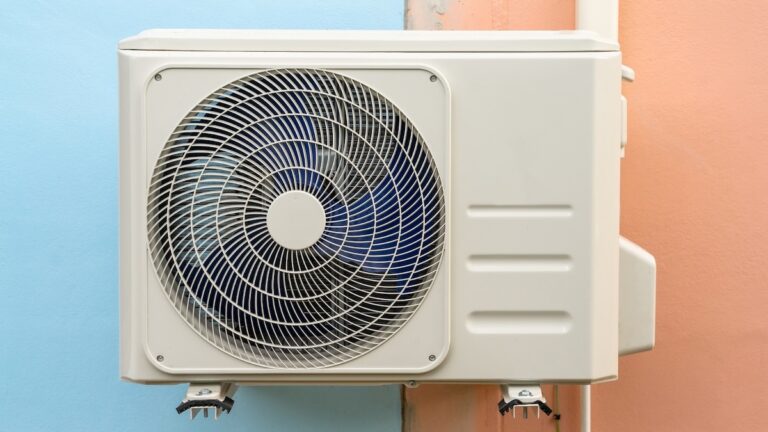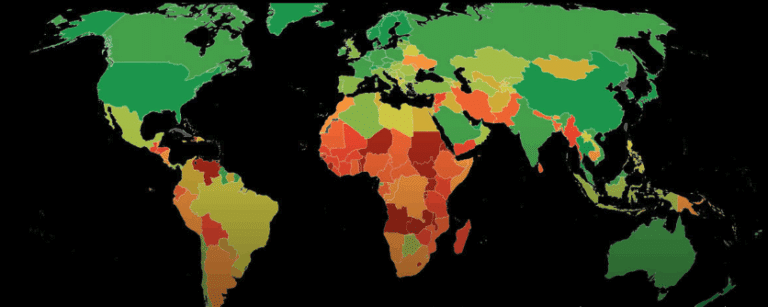This website uses cookies as well as similar tools and technologies to understand visitors’ experiences. By continuing to use this website, you consent to Columbia University’s usage of cookies and similar technologies, in accordance with the Columbia University Website Cookie Notice.
Full report
The Developing World Needs Energy—and Lots of It
Op-eds & Essays with Jason Bordoff • October 29, 2021





